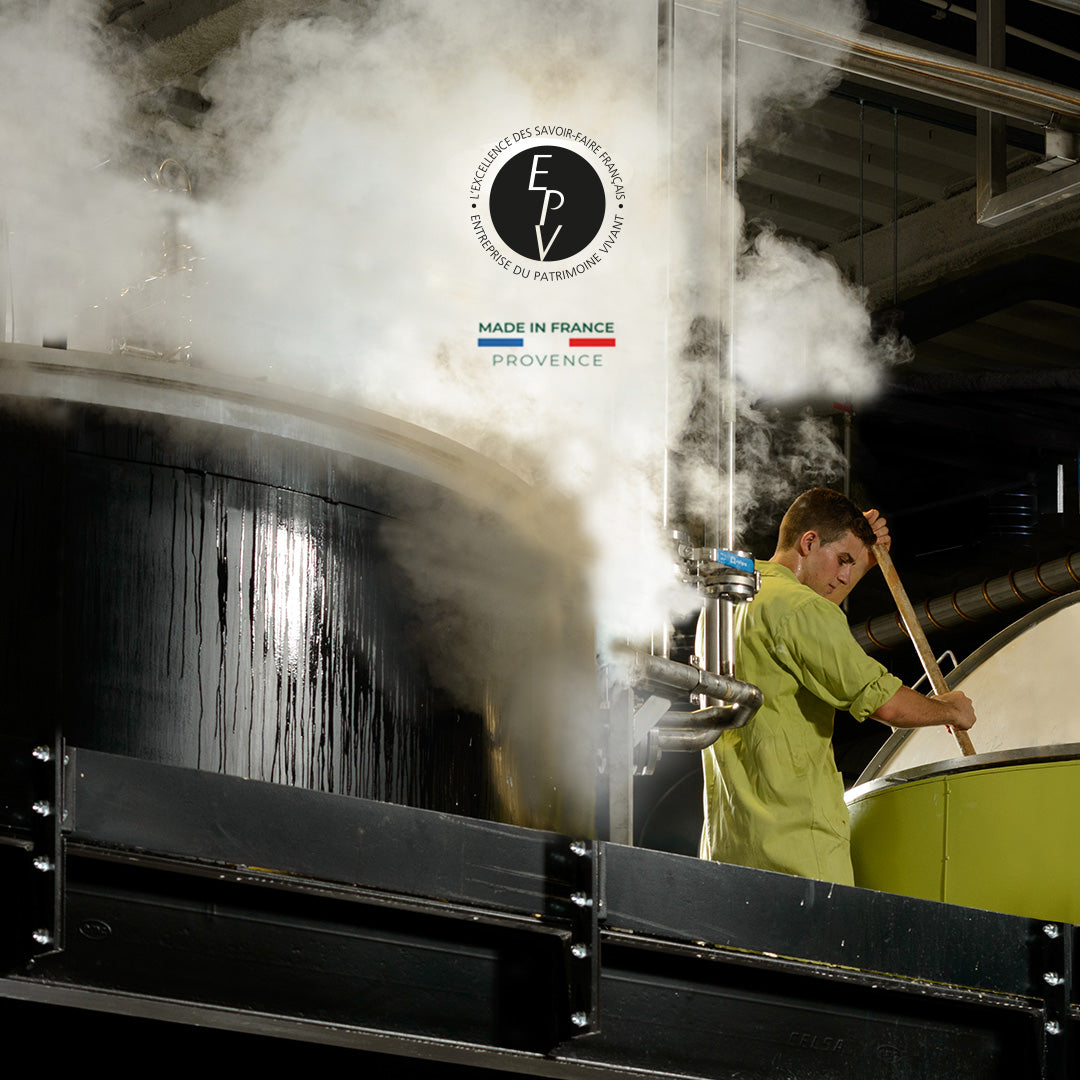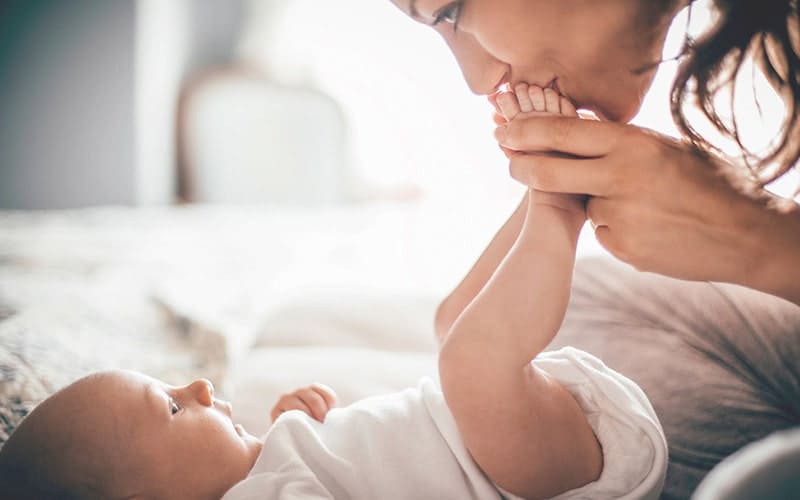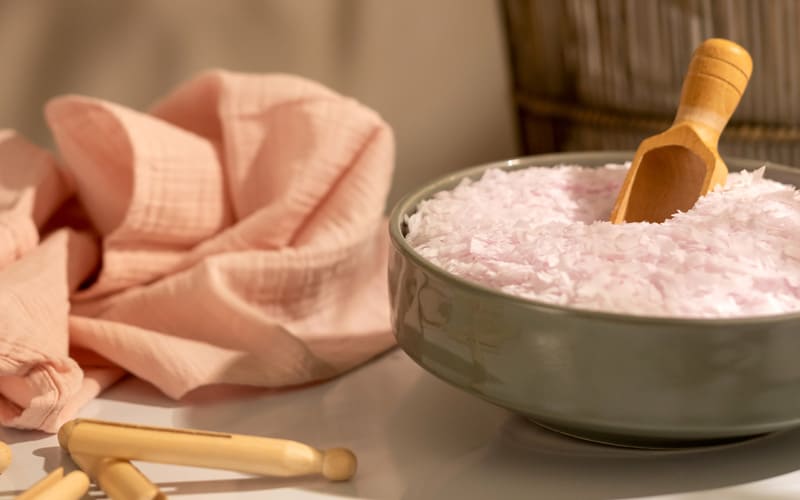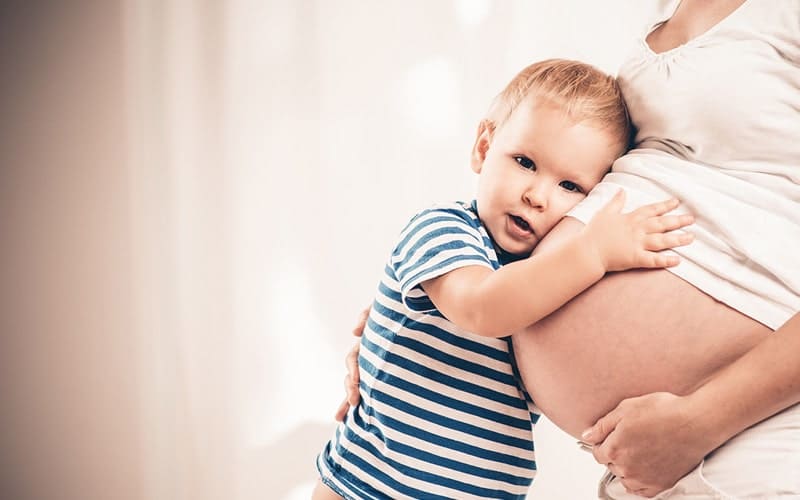To preserve his future life
Baby's skin is not yet mature to deal with risky substances. It is vital to take care of the products you use on your skin for your daily care.
At the beginning of our life, our skin is permeable. Delicate, it reacts like a sponge which easily absorbs the ingredients of the cosmetic products applied to it - including certain risky substances.
Immature, babies' skin is in fact approximately three to five times thinner than that of adults. Because it is made up of layers of successive cells, the corneocytes, which are not yet well welded together. Consequence: babies' skin suffers from a lack of waterproofing.
Not to mention that the skin surface area of infants is three to four times greater than that of an adult in relation to their weight. This exposure of baby's skin, combined with a very high absorption capacity, therefore gives it a very high vulnerability to potentially toxic substances.
Furthermore, the hydrolipidic film of toddlers is not yet developed and the sebaceous glands remain relatively inactive until puberty. This is why baby's skin is prone to dehydration as well as dryness and irritation.
It is only around the age of 2-3 years that babies' skin will become mature. This is a gradual evolution: vigilance in terms of care and toileting therefore remains essential for toddlers.
Permeable, immature and fragile, baby's skin can easily be attacked by potentially toxic substances likely to be hidden in cosmetic formulations. And the list is long: endocrine disruptors, allergens, nanomaterials, perfume, parabens, coloring agents... These substances pass through babies' skin and end up in their bodies, potentially causing illness and endangering their growth and survival. development.
Adopting baby care and toiletry products: maximum safety objective

It is therefore necessary to avoid exposing baby's skin to these ingredients. Exposure to endocrine disruptors in young children is also measurable: traces of dozens of toxic products were found in the hair of a panel of children aged 10 to 15, according to a study published in 2017 by 60 million consumers.
Only one label exists today, Safelife, which is more demanding than organic labels in terms of health, because it is based on the precautionary principle: this, in a mission of vigilance and prevention, establishes lists of prohibited ingredients in both formulas and packaging and requires formulations adapted to the most sensitive skin. Using Safelife labeled products helps avoid exposing your baby to as many substances as possible in everyday cosmetics.
>>> LEARN MORE ABOUT SAFELIFE <<<
This article is intended to promote understanding and knowledge of general topics regarding cosmetics and skin. It is not intended to replace professional advice, diagnosis, or treatment. Always seek the advice of your physician, dermatologist, or other qualified healthcare professional if you have any questions regarding a medical condition or treatment.






